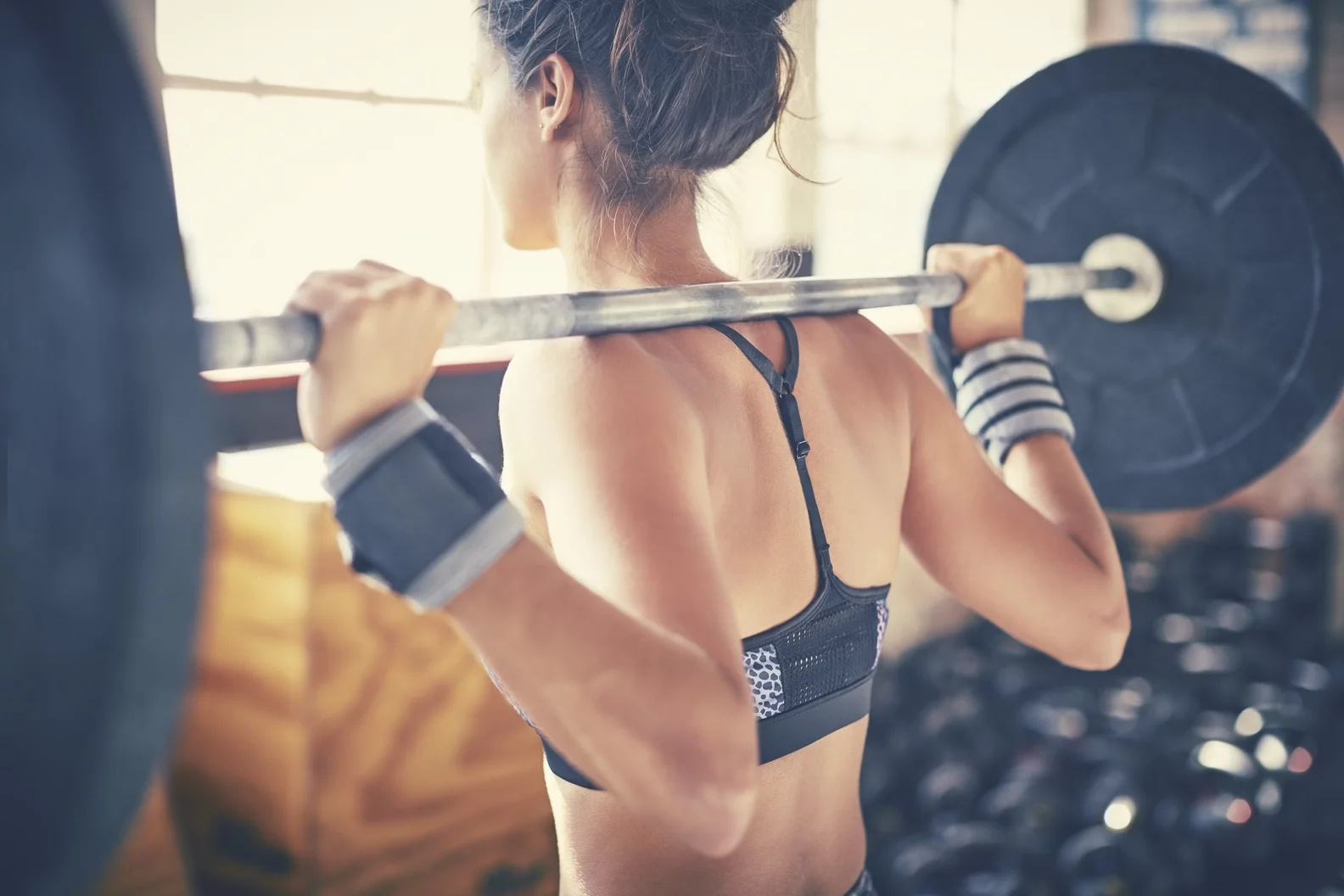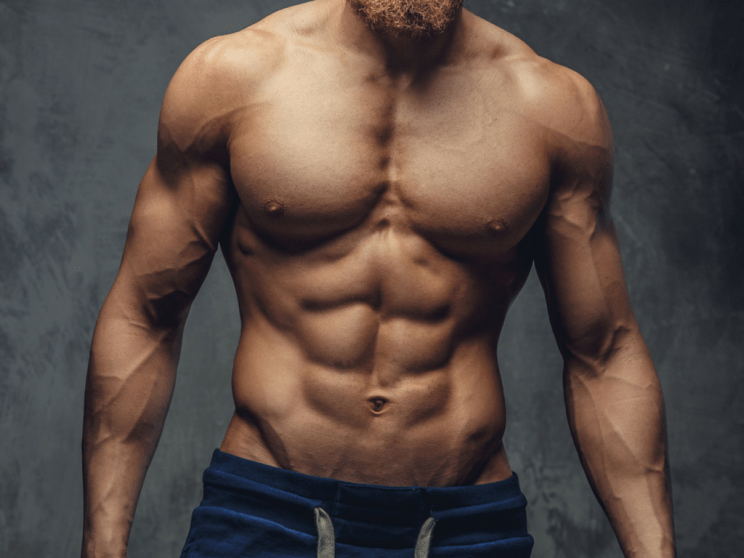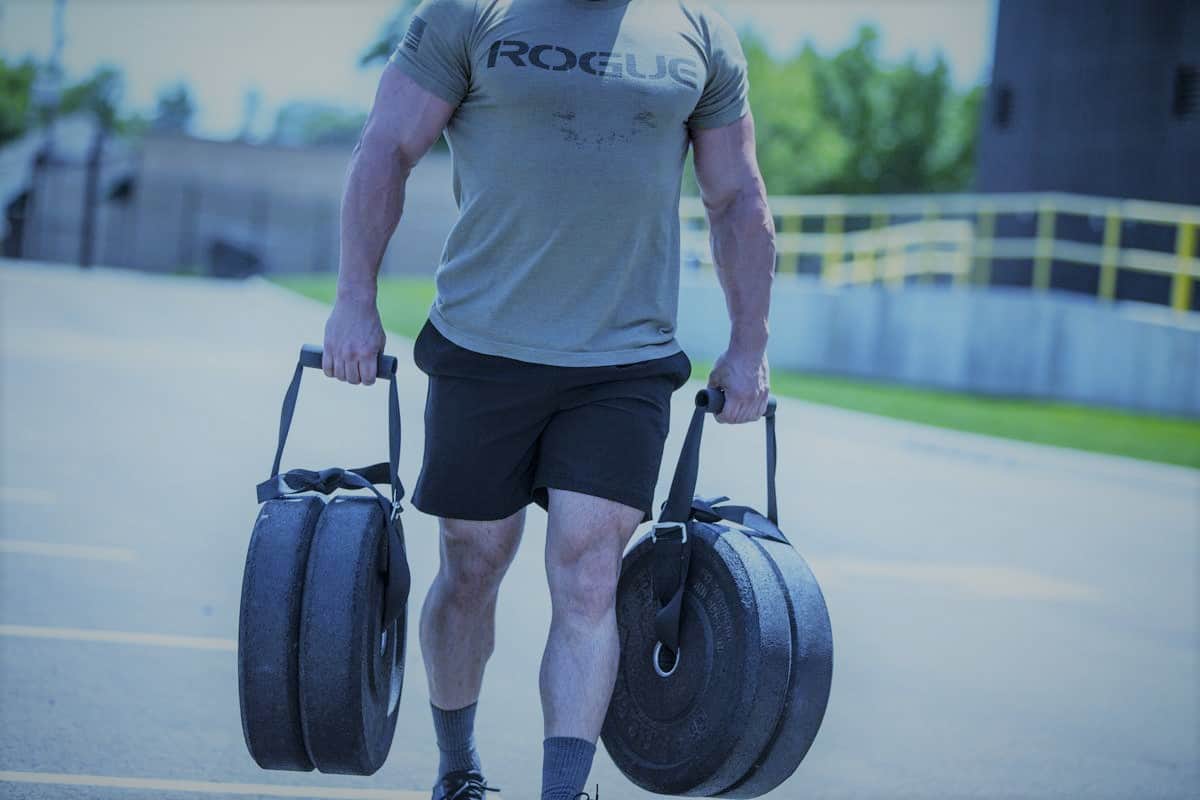If you’ve spent any time reading some of these posts, you’ll know that I love powerlifting. I love lifting weights to such a degree that it honestly takes up much more of my time than most people would consider healthy. That’s because I don’t lift weights for the health benefits of it. I was never particularly fat, I never struggled in P.E. classes, I never felt pressure to bulk up to attract a mate. My love for powerlifting stems purely from my own personal obsession with the pursuit of strength. However, that doesn’t mean I’m completely unaware of the numerous health benefits of powerlifting.
I’m not the norm, far from it in fact. Powerlifting has grown in popularity thanks to many men and women getting interested in the sport through the Internet, but most people who dabble in powerlifting have no interest in competing, or in testing the physical and mental limits of their bodies – but they are interested in being and staying healthy.
The health benefits of powerlifting are surprisingly numerous, especially if you subscribe to the idea that squatting, deadlifting, and bench pressing more than you could in 8 to 12 repetitions is a surefire recipe for knee pain, back pain, and shoulder pain. The truth is that training for strength (that is, with high resistance, and medium-to-low volume) can significantly strengthen the muscles that protect the various tendons and bones that get injured with old age, and a stronger body (not just a bigger body) tends to live longer, given certain conditions. Let’s go over the health benefits of powerlifting.
Powerlifting Builds Lean Mass
Everyone knows that the key to good fitness is a strong heart. Right? Well, not necessarily. While you do want to be ‘fit’ in the sense that you’ve got decent cardiovascular health (or ‘stamina’, as it’s also known, although that term is also a bit more complicated than it might seem), there’s a lot to value in terms of health benefits from sheer muscular strength as well.
Several different avenues of research have led to an
understanding that increasing one’s
physical strength relative to one’s size – meaning, getting stronger while
remaining largely the same size – can promote not only good health and lowers
markers for chronic illness, but
prolongs one’s lifespan. A stronger human is a human who will live
longer, on average. Exceptions exist – after all, you can’t muscle your way
out of cancer or a severe congenital heart defect – but strength training does
appear to be protective and preventative against common causes of death. Physical
strength is also linked to better neurological health, less neurodegeneration,
and a
sharper mind in old age.
It helps to understand that, as we continue to stretch the boundaries of the human lifespan and come upon ever greater scientific discoveries, and even toy with the idea of eliminating aging itself (emphasis on ‘toy’), we need to define what it actually means to age. We all degenerate past a certain point in our lives, and the rate at which we degenerate is at least partially defined by our genes (if not heavily defined by our genetics). Any attempts at delaying this degeneration is effectively an attempt to delay the aging process. Strength training, by all accounts, delays physical and mental degeneration to the point that one would not be wrong to say that lifting weights – powerlifting, even – can slow aging through its health benefits.
Strength Training Helps Maintain a Healthy Brain
One of the reasons powerlifters will likely live longer (as
long as they keep training) is because they’re building lean mass and keeping
their bodyfat relatively low. Powerlifting is not the best way to build lean
muscle, though. You do build a lot of it – and part of the sport is trying to
build as much of it as possible – but the maximization of muscular hypertrophy
(muscle growth) is the realm of bodybuilding, not powerlifting.
There is no massive difference between muscle made for size and muscle made for strength, with the exception that bodybuilders further increase the individual size of their fibers by increasing the cell’s sarcoplasm, which doesn’t move any weight (unlike the myoplasm), but does get filled with water and glycogen, filling the muscle up even further. What determines strength is not the quality of your muscle, but the efficiency with which you use that muscle (determined by the nervous system).
If it’s lean mass that ultimately leads to longer life, then
powerlifting isn’t the best way to go about building said mass. But, given that
powerlifting is a
cerebral activity as well (your brain and nerves have to work hard to
improve the efficiency with which you lift weights), its effects on longevity
might not just be tied to getting jacked. In other words, powerlifting can help
prevent neurodegeneration because you’re giving your nervous system a workout
by regularly lifting really heavy weights that force the body to coordinate
effectively.
Powerlifting Reduces Risk of Bone Fractures
Strength training – that is, heavy weight and low volume –
puts a lot of stress on the bones. More so than training with higher
repetitions, training with heavier weights will send signals throughout your
body to dedicate more resources towards increasing bone mineral density. This
makes your bones tougher, less prone to fractures, and generally stronger –
just as they get stronger when performing contact sports, but without the same risk
of bone-breaking injuries.
This isn’t
new research, and it isn’t limited to powerlifting. Putting your muscles
under a lot of stress won’t just lead them to grow in size and improve the
efficiency with which your body recruits them to perform familiar actions, but
it also causes the body to use more of what you put into it (provided you’re
putting enough into it) to increase bone density.
The bone-related health benefits of weight lifting are particularly useful for the elderly, and even more useful for women. Osteoporosis and osteoarthritis are common conditions for the elderly, and an interest in strength training won’t just bestow you with ‘old man strength’, but it’ll both strengthen the muscles responsible for preventing knee pain and back pain while strengthening your bones and keeping them from breaking.
Powerlifting Builds Strength in Important Muscles
The sport of powerlifting consists of three separate events:
the squat, the bench press, and the deadlift. Of these, the two lifts that
typically make up the most weight in a person’s powerlifting ‘total’ (the
weight used to calculate the winner of a competition, or ‘meet’), are the squat
and deadlift – both of which rely on incredibly strong muscles throughout the
posterior chain and throughout the legs, both of which are areas that many
people nowadays are neglecting by leading sedentary lives with forward-rounded
shoulders, poor mobility, and poor posture habits.
I’m not personally of the belief that sitting causes any major structural change in the spine. But I do believe that sitting constitutes doing nothing good for your spine and the muscles surrounding it, and just letting it wither away with age.
Powerlifting packs on serious lean mass around the muscles that support the spine, neck, shoulders, hips, and knees (major areas for chronic pain), while giving you a ramrod posture by demanding that you equally strengthen the muscles in the anterior of the body as in the posterior; the so-called ‘major movers’, including the pectoral muscles of the chest, the latissimus muscles in the back, the spinal erectors, the hamstrings, the gluteal muscles of the butt, the quadriceps in the legs, the triceps and deltoids in the arms and shoulders, and countless supporting muscles in every part of the body. Developing a strong and symmetrical physique has its own health benefits, especially posture-wise.
Powerlifting Helps Counter a Sedentary Lifestyle
Again, this is just to further the point made earlier that
powerlifting specifically hammers muscles that tend to go heavily neglected by
most. Many beginner lifters find themselves limited by ‘sleeping’ glutes, weak
and tight hip flexors, a weak core, a weak back, and rounded shoulders.
Taking powerlifting seriously requires you to tackle these
issues head-on, fix these imbalances, introduce a long measure of relatively
uncomfortable and painful mobility exercises, and achieve a much more
‘functional’ body – one that’ll serve you for many decades to come, should you
choose to continue to hone your strength and work on your lean mass.
Powerlifting is a sport that favors the lean. We often see records getting broken by dudes that look like they’re ten minutes away from a heart attack, but that’s because the craziest records get broken by genetic freaks that manage to pack on over 125kg of muscle, and those freaks then tend to add a little extra fat just to get into the weight range that helps them move nigh-superhuman weights.
When looking back at powerlifters competing in the 60-90kg range, which is most people (both men and women), you’ll see that most powerlifters are quite jacked (muscular and lean). Drug-free powerlifters in particular need every advantage they can get, and by ‘filling out’ your frame as much as possible while staying lean, you’ll maximize your strength potential (see allometry for an explanation on why you should try to build as much muscle as you can as a powerlifter). This is good because a bodyfat percentage closer to the ideal is associated with a number of positive health markers. That shouldn’t mean you should aspire to be fat-free (that’s an incredibly dangerous disease), but powerlifters try to stay “lean” (about 12-15 percent as a male, closer to 20 percent as a female), which will do them good in the long run.
Powerlifting is NOT the Ideal Path to Health
With all of that being said, I don’t advocate that
powerlifting is the best way to stay healthy. Powerlifting is a sport, with a
rather extreme goal (lift as much as you possibly can within the rules of the
competition), and powerlifting isn’t necessarily even the best metric of physical
strength (as it is still quite technique-reliant, albeit not as much as
weightlifting or similar sports), and the winner at a powerlifting meet might
not necessarily be the strongest person, but the best lifter. Since it’s
a competition, that also means there’s an incentive to push yourself, sometimes
past advisable limits, and attempt dangerous lifts.
Powerlifting is fun to me, and if you think it’s fun too, you should keep doing it. It’ll help keep you healthy, though I don’t recommend only lifting, because conditioning is important too. I won’t argue that everyone should power lift, though, or that it’s ideal for perfect health. Some people can’t even physically get into the position to squat to depth, safely bench press, or deadlift safely. Thankfully, plenty of alternatives to those exercises exist.





